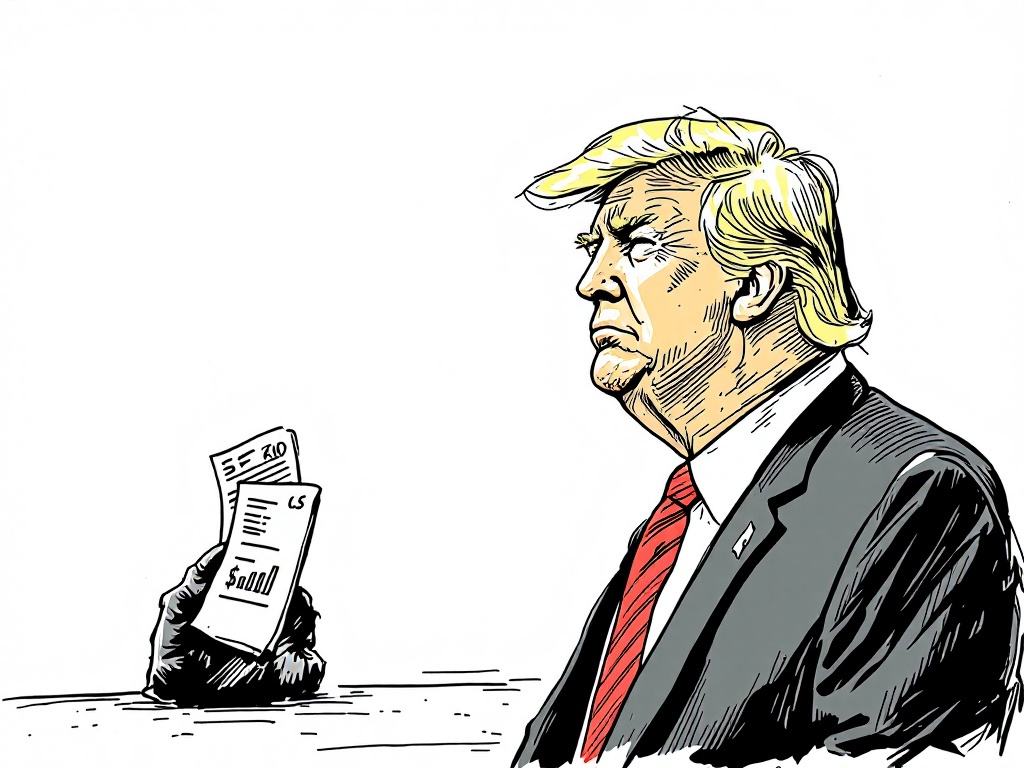Trump Announces Plan to Reduce Chinese Tariffs by Mid-2025

Washington D.C., Wednesday, 23 April 2025.
President Trump announced a reduction in 145% tariffs on Chinese imports, signaling potential U.S.-China trade improvements and impacting global economic policies.
Current Tariff Status and Political Implications
On April 16, 2025, President Donald Trump imposed elevated tariffs on Chinese imports, raising them to 145% [1]. This action marked a significant escalation in the trade tensions between the United States and China. However, on April 21, 2025, President Trump announced plans to reduce these tariffs substantially, although he did not commit to eliminating them entirely, citing previous zero tariffs as disadvantageous to the U.S. [1]. Politically, this move signals an intent to de-escalate the ongoing trade war, which has raised global economic concerns.
Economic Reactions and Future Projections
Treasury Secretary Scott Bessent and National Economic Council Director Kevin Hassett have both indicated that the current U.S.-China trade standoff is untenable [1][2]. Despite no concrete details on future negotiations or definitive tariff reductions, the administration is hinting at optimism for a potential trade agreement. Economists predict that such changes could alleviate some pressure on global supply chains and restore investor confidence. U.S. stock indexes have already shown signs of recovery amid these speculations [2].
Impact on Global Markets and Trade
The announcement has stirred global financial markets, with major Asian stock exchanges, such as Japan’s Nikkei 225 and Hong Kong’s Hang Seng, posting significant gains [3]. The International Monetary Fund has previously cautioned that existing tariff regimes could hinder global growth, which was forecasted to slow down to 2.8% for the year [4]. Analysts suggest that any U.S.-China trade resolution could mitigate these risks by enhancing global trade stability [3].
Challenges Ahead
While the announcement indicates a pivot in trade policy, actual negotiations with China have not yet commenced, and analysts expect these discussions to be protracted [1][3]. Meanwhile, other countries involved in trade negotiations with the U.S. are closely observing these developments. Both Japan and India are in talks with the U.S. to avoid additional tariffs projected for later this year [5]. The broader global economic landscape remains susceptible to the repercussions of such high-stakes negotiations [4].